Percentages help people compare things and understand proportions. Use numerals with the percentage sign. Be concise when you write about percentages.
Use numerals with the percentage sign
Use the percentage sign next to a numeral in text. Don’t use a space between the number and the percentage sign.
Correct
15%
Incorrect
15 %
Use decimals rather than fractions with the percentage sign.
Correct
The price of Tapis oil is up by 0.25%.
Incorrect
The price of Tapis oil is up by 1/4%.
As for any number, avoid starting a sentence with the percentage. Reword the sentence if possible, or write the percentage out in words. You can use everyday words if a precise amount is not needed.
Write this
Fifty-five per cent of the council’s revenue came from rates.
Rates accounted for 55% of revenue.
Not this
55% of the council’s revenue came from rates.
Use the correct form of the noun (percentage)
‘Per cent’ and ‘percentage’ aren’t the same. The term ‘per cent’ is an adverb. The noun form is ‘percentage’.
Correct
Statistics show the percentage of Australians with university degrees is increasing.
Incorrect
Statistics show the per cent of Australians with university degrees is increasing.
‘Per cent’ is written as 2 words in Australia. ‘Percent’ is not Australian spelling.
Don’t use percentages to describe change
Avoid using percentages to describe changes.
Tell people what the actual increase or decrease is.
Like this
The application fee is now $70. This is a $20 increase from 1 January 2020.
Not this
The application fee increased by 40% from $50 to $70 on 1 January 2020.
Be concise when writing about percentages
When you use many percentages in body text, put the figures in brackets (parentheses) or use a list to simplify the text.
Like this
In 2019, population size increased in New South Wales (32%), Queensland (20%) and Victoria (19%).
Not this
In 2019, the largest sources of population growth were New South Wales, Queensland and Victoria. New South Wales accounted for 32% of the population growth, Queensland 20%, and Victoria 19%.
Release notes
The digital edition follows advice from the Content Guide and sixth edition by recommending using a number with the symbol for percentages.
The digital edition does not detail the option of using the words ‘per cent’ with numbers, as the sixth edition did.
About this page
References
BBC Academy (21 July 2013) ‘Numbers’, BBC Academy, accessed 3 June 2020.
GOV.UK (2016) ‘A-en-Z: numbers’, Style guide, GOV.UK, accessed 3 June 2020.
ONS (Office for National Statistics, UK) (n.d.) ‘Percentages’, Style.ONS: a guide to writing about statistics, ONS website, accessed 3 June 2020.
Treasury Board of Canada Secretariat (2020) ‘4.3: symbols’, Canada.ca content style guide, Canada.ca, accessed 3 June 2020.
The Unicode Consortium (2022) ‘ASCII punctuation’, Unicode 15.0 character code charts, Unicode website, accessed 3 November 2022.
Last updated
This page was updated Wednesday 24 July 2024.

